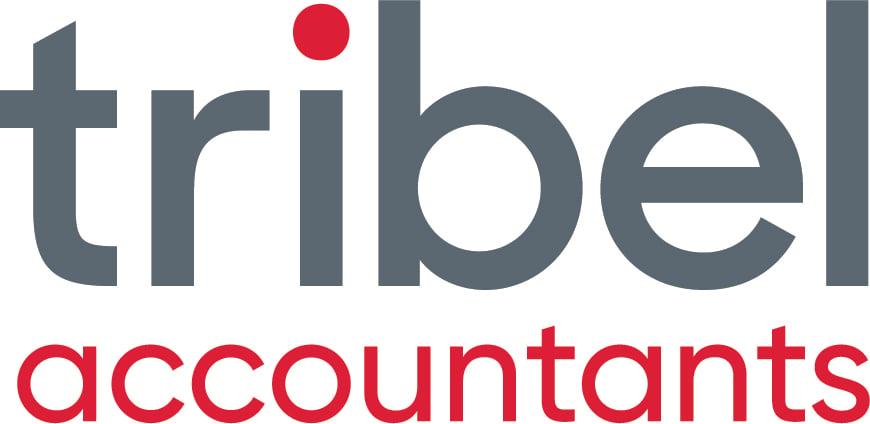INTRODUCTION
No matter what sort of small business you may have, in order to constantly improve you need to know what areas you should be looking at. Once these have been identified, strategies need to be put in place and consistently chipped away at until they have been completed successfully.
Here are my top 6 accounting key performance indicators that I believe you need to be right across.

Figure 1: Knowing which KPIs you should be monitoring will make an enormous difference to your business.
KPI #1 Debtor days
Without a doubt this would be the number one area that businesses who sell on credit struggle with the most. Debtor days is simply the amount of days on average it takes for you to get paid after the invoice has been raised.
If your invoice terms are 30 days, this calculation each month/quarter/year should not be above this.
Why do we feel guilty if our customers don't pay us on time and why are we then reluctant to ring or contact them? In fact, why do we give credit in the first place? Yes, I can hear a chorus saying it's because "that's what our competitors do!" and if it is that necessary, be very upfront with your customers about your terms of trade. By warning them if they are late to expect a follow up immediately. Surely if the customer is any good they will think that it is good business on your part to do so?
Consider:
- Offering settlement discounts for payments upfront;
- Insisting on deposits (25%, 50% etc);
- Using a collection agency or using existing administration team members to follow these up weekly at least.

Figure 2: Pete Murray's "I've Seen Debtor Days" is a favourite tune of mine (you can see the pain all over his face - 60+?).
KPI #2 Gross profit Margin
If you sell products or services, you should always be checking your gross profit margin which is worked out by taking the direct costs off your gross sales (usually both excluding GST).
If your margin is reducing:
- Are you suppliers/employees charging you more and you haven't passed these on?
- Is your sales team offering unauthorised discounts?
- Is your stock being wasted, stolen or given away (e.g. free drinks, samples)?
- Have sales invoices been raised for all jobs completed;
- Have credits been incorrectly given to customers or is there a problem with stock/service quality?
- Where applicable, how are you managing foreign currency movements?
Be careful not to mix up margin with mark-up as these are 2 completely different things. For example, a mark up of 1.30 is a gross profit margin of 23% (not 30% G.M.!). If you are not clear on these make sure you speak to your small business accountants Sydney.
KPI #3 Return on Equity
This simply a measure of how effectively the business has used the resources provided by its owners to generate profits. This can be calculated by dividing the net profit (excluding dividends paid) by the average equity on the balance sheet. Differing industries have differing benchmarks but it's important to keep in mind that due to the risk involved in running a business a return percentage is expected to be much higher than a term deposit rate.
Business valuers Sydney often take a good look at this equation when assessing a business's worth. Most business valuations will naturally have higher multiples particularly where these percentages are high.
KPI #4 Budget v Actual
This one is quite crucial as if you are not reaching or exceeding your budget then probably some action needs to be taken.
As a small business accountant it is one of the key areas we look at to determine whether the budget is:
- reasonable given the industry and stage of the business;
- in line with the owner's expectations;
- going to generate enough cash to cover loan repayments, dividends and capital expenditure.
This is where cash flow forecasts and 3 way budgets are vital tools to assist with the business planning process that even the very best accountant Sydney should be offering their clients.
KPI #5 Quick ratio
The quick ratio looks at your current assets (excluding stock) as a ratio to your current liabilities. This highlights your ability to pay your current liabilities on time. Usually 1:1 is fair but beware of a ratio lower than this as troubled times could be ahead.
As a small business accountant Sydney, we make sure we point this out to clients to find out about why the ratio might be so low and the dangers accordingly.

Figure 3: A quick ratio in business should be high just like this golf swing (or frustration will result).
KPI #6 break even point
It's very important to know what your daily/weekly/monthly/quarterly & yearly break even point is. In fact don't just look at the profit side but also work out your break even point after loan repayments are taken into account. Having a handle on this will quickly make you aware of what you need to do revenue wise or what other adjustments you will need to find with gross profit margins, overheads. If you're not doing the minimum, then you may need some working capital or a better business plan and fast!
Again this can all be worked out during the three way budget phase which we absolutely recommend to all of our business clients.
CONCLUSION:
There are many KPIs that can be looked at each month but the above 6 are very important to not only surviving in small business but growing it also. If you need help to keep you on track, consider the services of business coaching Sydney.

Figure 4: When you aim for the fairway in business make sure you not only hit it but check it's the right one.
If you have your own KPIs and they are working for you that's great. If you don't have any at all or don't know which ones to look at, hopefully the tips above will help you turn your business around or at the very least help it improve and allow you to live the life you wanted.


.png?width=100&height=100&name=COVID_Safe_Badge_Digital%20(002).png)




